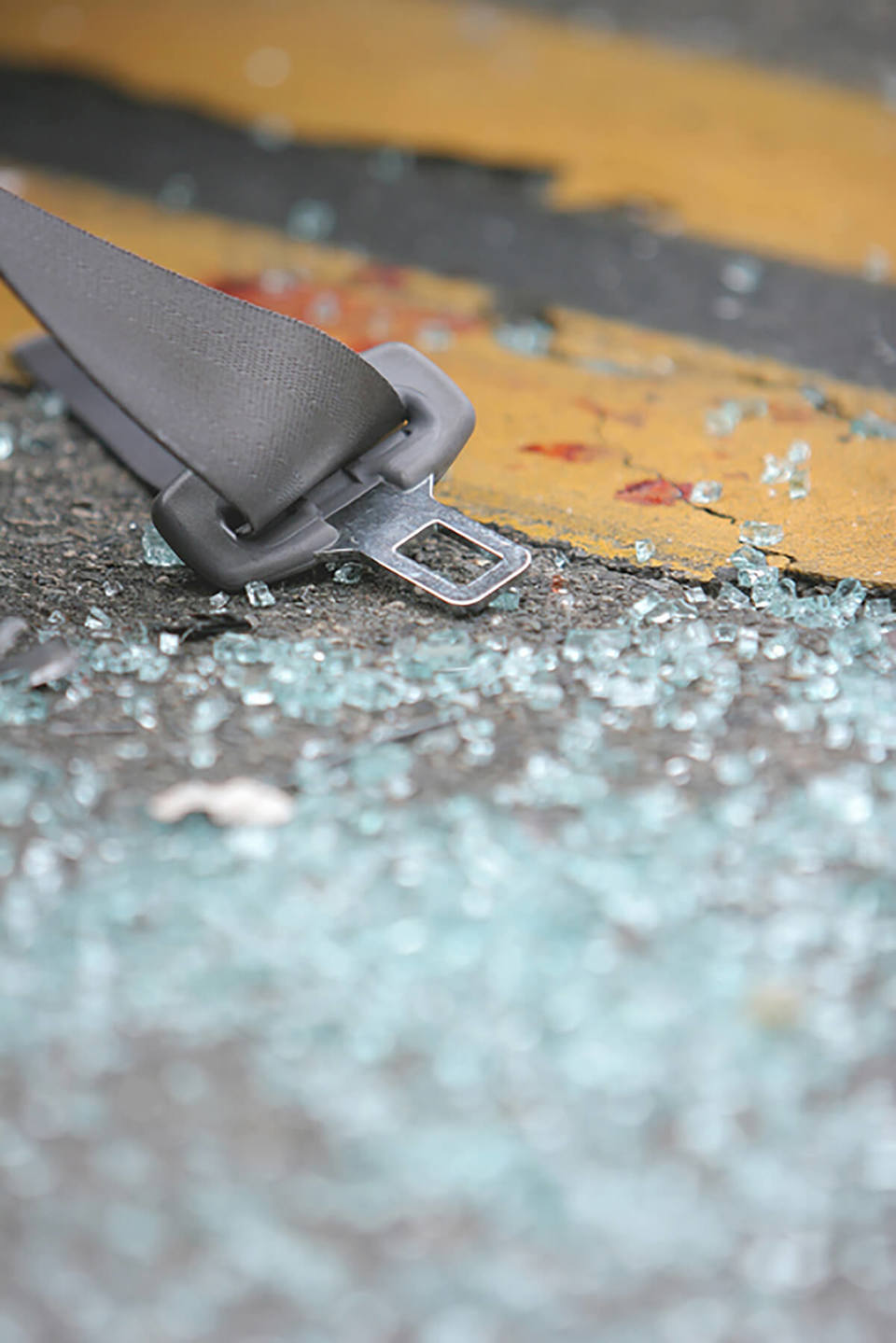Hundreds of company car and van drivers are killed every year, yet bad practice is putting many more at risk, research suggests.
A survey of more than 450 company car drivers has revealed that almost half (47%) are failing to take adequate breaks on long journeys, while 41% do not know the legal minimum tread depth for tyres.
Government and road safety experts recommend drivers take regular breaks on long journeys of at least 15 minutes every two hours.
Most fleet driver handbooks also include this advice. Yet drivers are not following company guidelines.
“The risks of not taking regular breaks include the onset of fatigue, concentration slipping and, in the worst case scenario, drivers falling asleep at the wheel,” said Roz Cumming, professional engagement manager at road safety charity Brake.
The research commissioned by Leasedrive Group reveals that 37% of drivers would take a break only after being behind the wheel for at least three hours – 50% longer than the recommended time between breaks.
Worse still, 6% said they would only stop after driving for four hours and 4% said that they didn’t bother stopping at all on a long journey.
Research by Brake found that one in 10 at-work drivers admit to having fallen asleep at the wheel, compared with one in 20 drivers who don’t drive for work.
Brake said fleet and line managers need to educate drivers on the risks of driving while tired and they should also offer advice on what drivers should do if they feel too tired to complete a journey, with the option of an overnight stop if necessary.
However, fleets are also urged to focus on basic car checks after the survey suggested some drivers fail to understand the simplest rules.
It highlights the importance of staff reading the driver handbook.
Fleet managers should ensure they sign a mandate to say they have read and understood the guidelines.
Some fleets also send out monthly email reminders on some of the key points or include the advice in company newsletters.
For example, the oil level should be checked on a monthly basis, but 9% of drivers surveyed checked it on an annual basis and 15% said they didn’t check it at all.
The majority of drivers (59%) correctly identified 1.6mm as the minimum legal tread depth for tyres. With many fleets opting to change tyres at 2mm, it is perhaps unsurprising that 19% believed that was the legal limit.
However, 11% of company car drivers questioned didn’t know what the minimum legal limit is and 10% thought it is 1mm or less.
According to the DfT, illegal, defective or under-inflated tyres were a contributory factor in 709 crashes in 2011, 26 of which were fatal – 2% of all fatal crashes.
Ensuring tyre tread depths are at a safe level is vital to reducing the risk of crashing – a risk which is even greater in wet conditions.
“As well as conducting regular scheduled vehicle maintenance checks for all types of defect, fleets should require drivers to check their tyres regularly for tread depth, pressure and general condition, and should educate and remind drivers about what to look out for when checking their tyres,” said Cumming.
Roddy Graham, commercial director for Leasedrive Group, told Fleet News that this is an issue the industry has to address.
“Poor driver behaviour, be it through lack of knowledge or little respect for the single, most expensive company asset that they are entrusted with, continues to be a concern for leasing companies and fleet managers alike.
“With drivers relying ever more on vehicle management systems to inform them of their car’s performance and need for servicing, it is clear that some are becoming more relaxed in the way they manage their car during its life.”
Graham says this can have serious consequences in terms of risk and increased costs for the employer, as well as the employee, and that driver education needs to remain an ongoing focus for company fleets.





















Andrew Dyke - 10/12/2012 11:34
As a rule of thumb, we tell our drivers they must not plan to cover more than 50 miles per hour on a longer journey. This causes some upset until they do the sums allowing for traffic slowdowns and required breaks. Then, if they arrive early, they can relax!